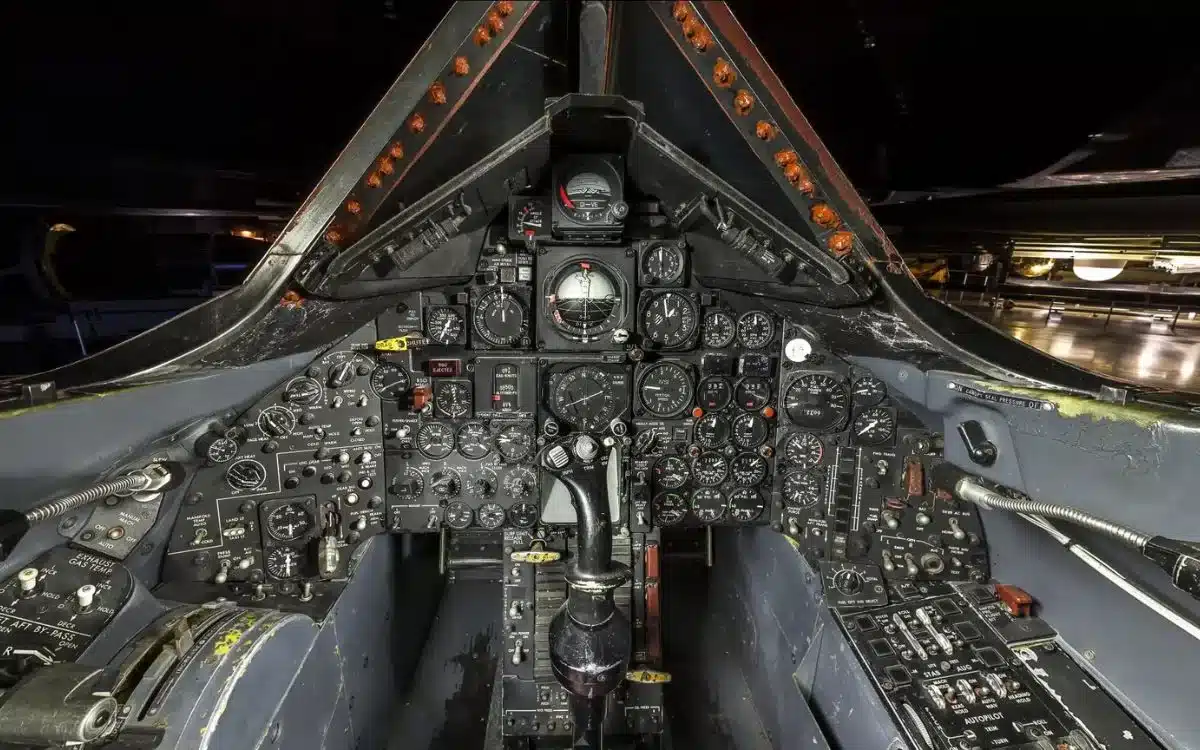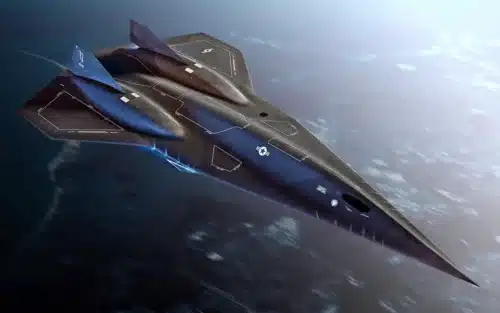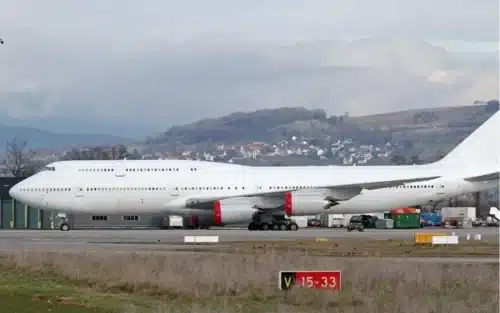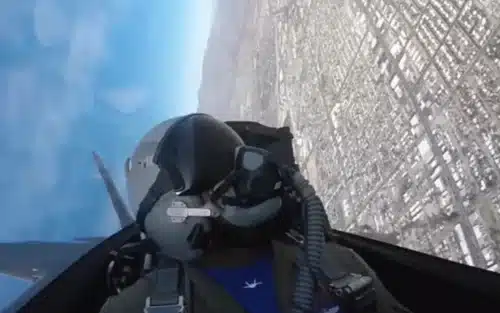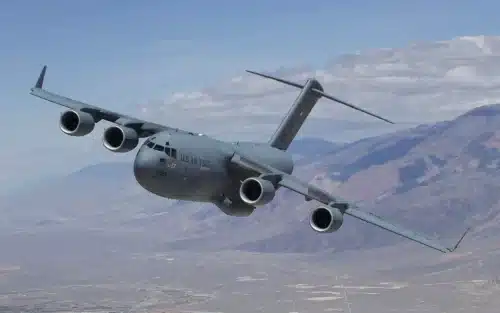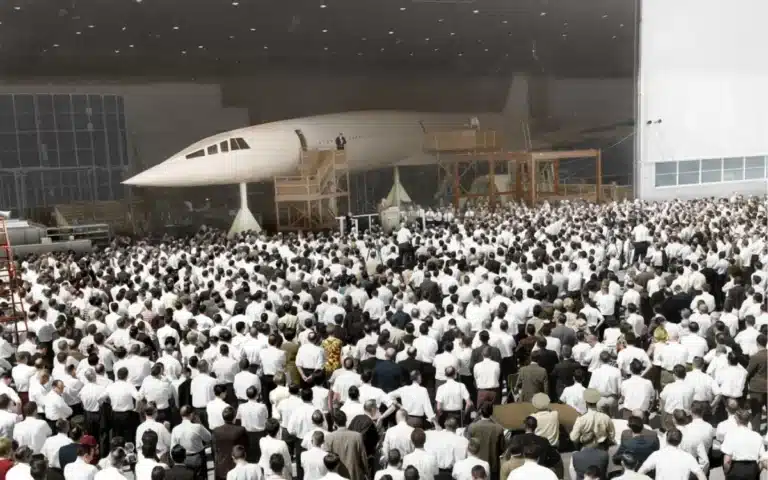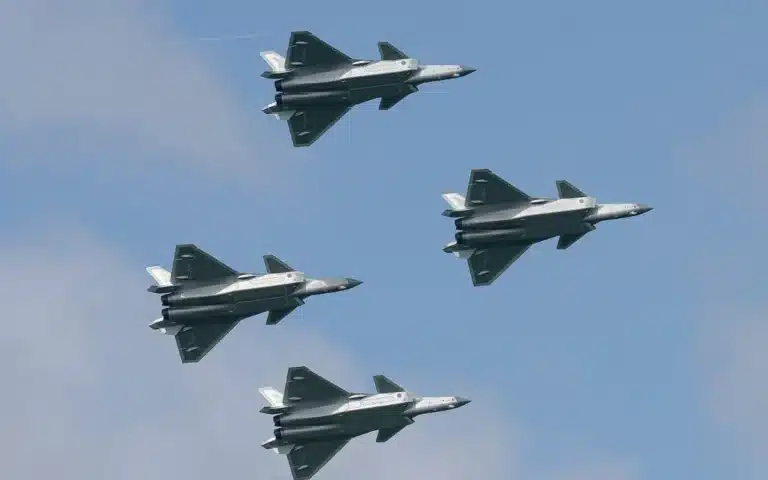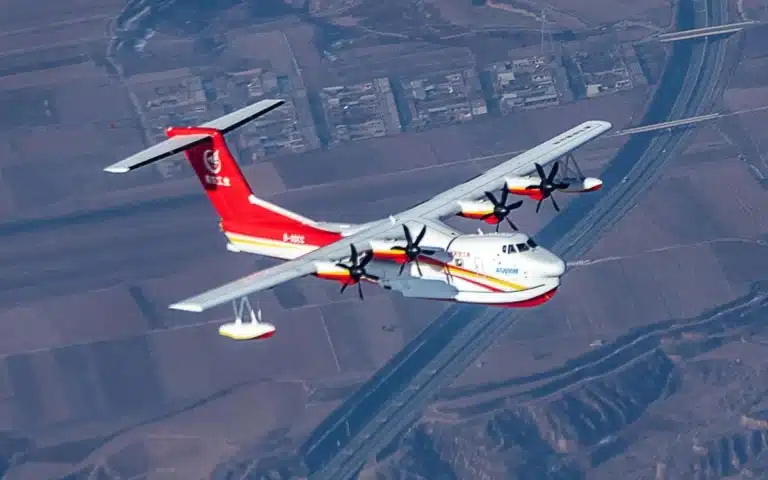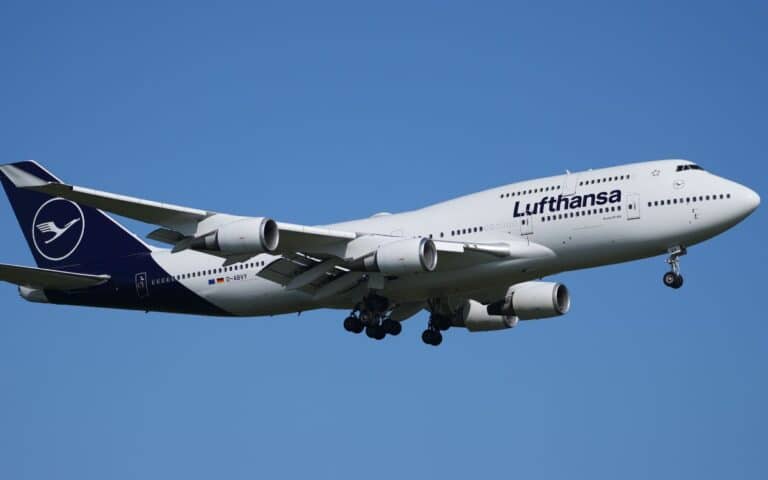While we’ve previously admired the SR-71 Blackbird aircraft from afar, this footage of its cramped cockpit might surprise you.
Former SR-71 instructor, Jerry Glesser, takes us on a detailed POV tour of the SR-71B Blackbird cockpit.
The SR-71 Blackbird he’s taking us around sits in the world-class, Smithsonian-affiliated aerospace and science museum, Air Zoo in Kalamazoo, Michigan, US.
READ MORE! Top Gun: Maverick’s Darkstar – how Lockheed Martin built prototype Mach 10 jet
The SR-71 was a 1958 design first flown in 1963 with the SR-71B flown in 1964.
He begins by informing us that the instructor sits in the back seat – the location the tour is focussed on – while the student sits in the front.
The Air Zoo tour covers instruments and controls beginning with the standby inertial navigation system.
It’s used as a backup means of navigation in case the astrotracker is lost.
He also covers the two throttles, which give information on starting the engines and light the afterburners.
Next up are aft bypass switches, to manually control doors, exhaust scan temperature for minor maintenance, and communication switches for internal and external conversation.
Moving onto the bay temperature gauge for the fuel-cooled aircraft, landing gear indicators used by the person in the front, and liquid oxygen systems used to convert to a gas for breathing.
Then the spike indicators, compressor inlet pressure and temperature gauges, and the triple display indicator.
He also touches on the attitude and horizontal situation indicators, range to tanker indicators, autopilot system, DAFIX program, cabin pressure controls, and the astrotracker system itself.
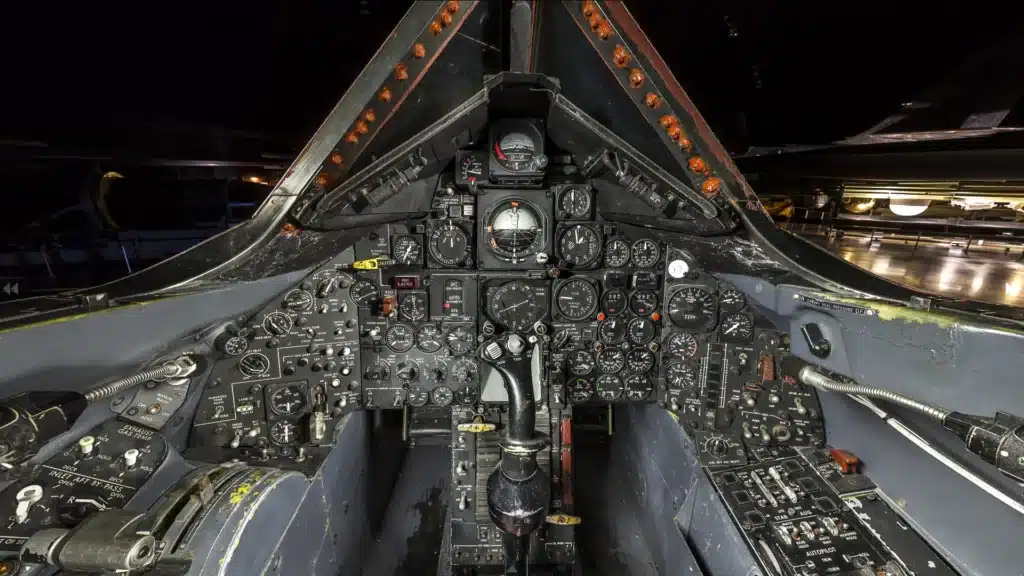
Other features covered include things you’d rather not see as a pilot or instructor, including the alert and bailout lights – highlighting the sheer intensity of the flying experience.
It was the fastest plane ever when it came into service in 1974.
Check out the SR-71 Blackbird setting four new speed records on the day before its retirement here.
However, that’s nothing when you consider the secret fastest-ever plane SR-72 ‘Son of Blackbird’ would fly at twice its speed, reaching speeds over Mach 6 (more than 6,400 km/h).
The SR-72 could enter service in the 2030s.
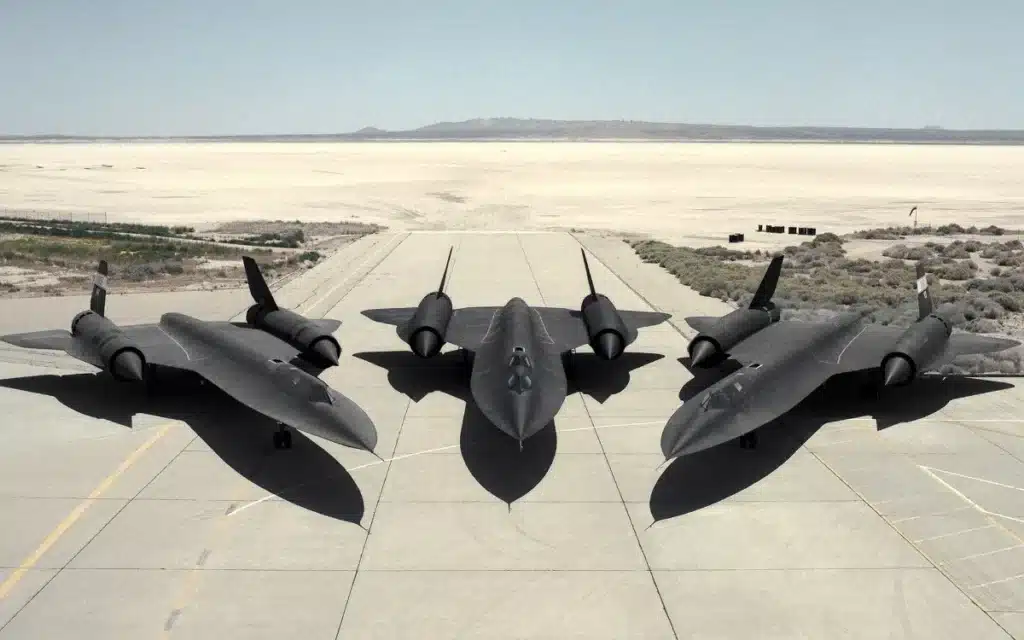
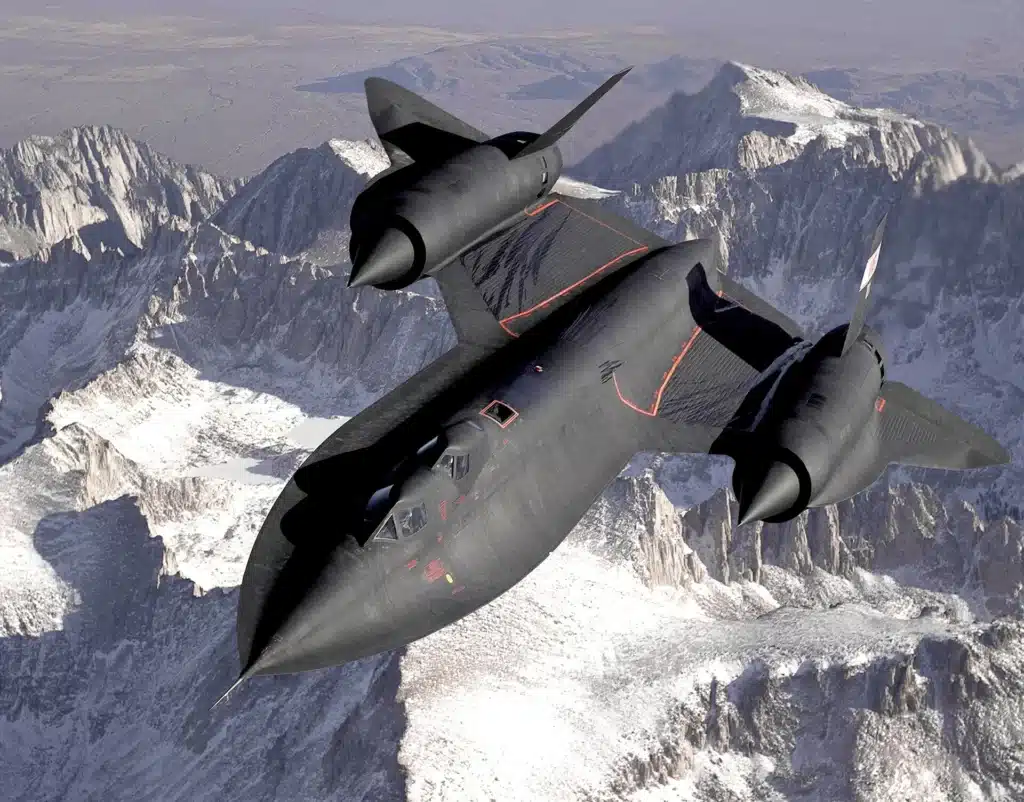
Glesser emphasizes the intensity and complexity of the back seat, where instructors manage navigation, communication, and training tasks.
With the masses of information given, he stresses the importance of meticulous knowledge and training due to the high-stakes nature of operating the SR-71.
Despite the cramped conditions, he assures us that SR-71B is an effective training platform but you only get ‘five rides in the trainer’.
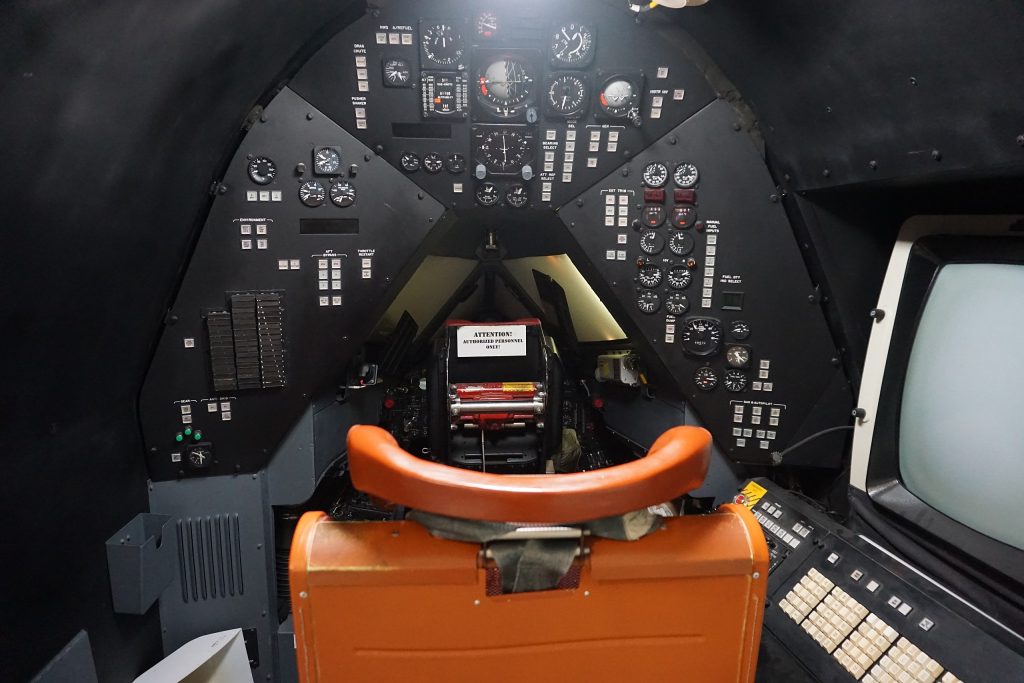
That means an extensive 300 hours of simulator time is needed to master ‘every single switch’ – where they are and what they do.
Don’t have the hang of it by then?
“You’re gonna go someplace else,” Glasser jokes ominously.
“There’s no choice. You can’t you cannot make a mistake in the back seat.”
